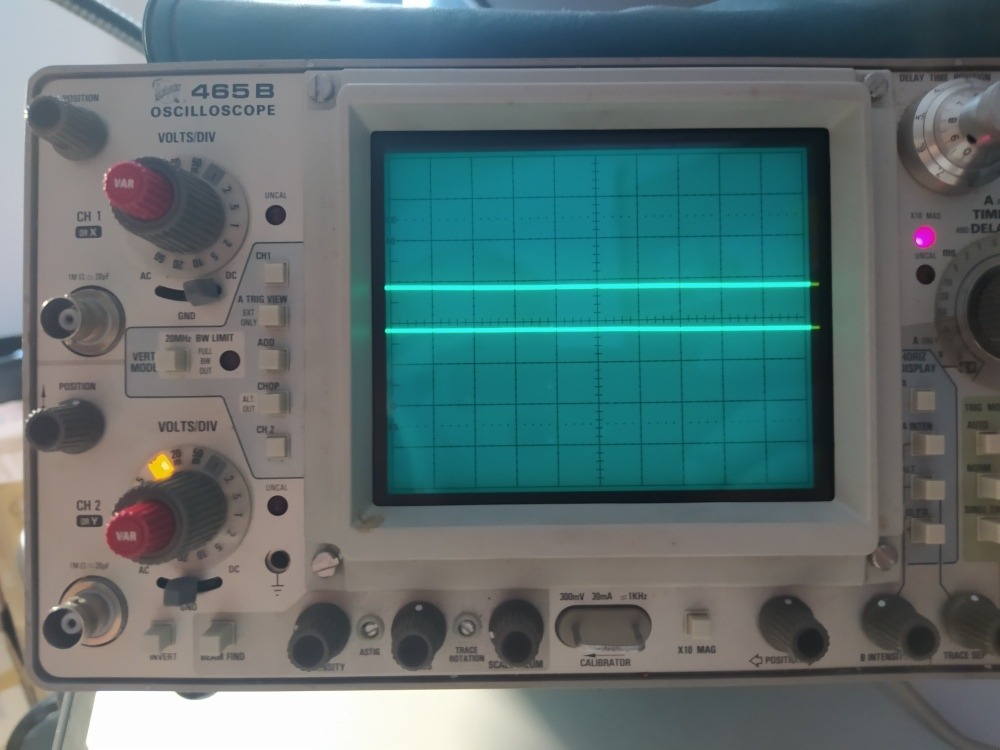

In the following video what are those V(1), V(2), etc.? I think they are the voltages across the nodes 1, 2, etc. I think transient analysis can used to measure voltages across the circuit. In the following video you would notice two things: 1) the trace (or whatever you call it!) starts at the middle of the screen, why is so?, 2) CH3 and CH4 measure voltage across the primary and their waveforms are out of phase but their peak voltage should be the same, right? The set scale is different for both of them but in spite of this the waveforms for CH3 and CH4 occupy the same numbers of squares (or, divisions) on the screen. I'm getting three waveforms, and other problem, as you can see, is that CH1 doesn't even occupy 1 division on the display! Although the o-scope menus on the screen look the same as in your attached screenshot: And please do excuse my constant queries on the same I think the peak voltage for CH1 should be 120V, or should it be 170V ( Vrms x sqrt(2) )?Īnyway, I don't get the same output as you do. I realize it takes a lot of time to help with such stuff. Thank you very much for all the help, Jony, Alex. the multisim virtual oscilloscopes have two versions, the two channel version has +- for each channel, the four channel version has a common - like the Tektronix Try to connect it, simulate for a while and then click view -> grapher to see the oscilloscope trace in a big graphģ) the oscilloscope shows the signals referenced to the gnd, if you haven't got a gnd connected to the 120v then you can only get the correct measurement using a differential measurement like a voltmeter.Īdd the gnd and you will see the 120v fine.Ĥ)when you use a trigger level and the signals hits it then you get the triggered, don't worry about that as long as you gan get a steady trace you are fineĥ)There is only a math function between CH! & CH2, CH3 and CH4 are single channels onlyĦ) the position knobs move the trace up/down so that you can center it, its an offset, onwe for each channel In some cases the virtual oscilloscope will be useful because anything shown in the oscilloscope is also drawn in a graph and there you can zoom it to exam a specific section easier, it also has a +- for each channel so you can use different reference for the two channels (for example it can show the 120v voltage without the need to add the gnd). Attached diagrams and the linked videos would help you understand what I'm saying in those questions.ġ) an oscilloscope shows the peak-peak voltage on the screen, there is a measure function to show RMS if you want but as a measured number, the trace will always show a peak to peak signalĢ) actually there are three, there is one more, the virtual one that multisim has and the other two are functional identical of the real model, I guess everyone has its own preference, I like Tektronix. I know I have asked a lot of questions and it would a lot of energy and time to help me. Am I correct?Īs you can see in the videos that the waveforms are being drawn very slowly, what's the reason for this?

I think "POSITION" knob above the, let's say, "CH1 MENU" button sets the position of x-axis. How do I get one waveform? How does it work? But I'm getting two waveforms: one for CH3 and other for CH4. I see CH3 and CH4 are being used to display voltage across the primary. Sometimes I get Trig'd and Ready, and other times Auto and Ready. But CH3 displays correct waveform because it occupies two squares and little bit of third square.

#Osciloscopio tektronix multisim 12 full#
But as you can see for CH1 the set scale is 50V/D which means one must get two full boxes (or, squares) and a little bit of third box. Rectified wave should have peak voltage 120V (assuming o-scope shows Vrms). It looks MultiSim virtual models of o-scopes from two difference manufacturers: Tektronix, Agilent. So, I think it's better to ask some questions about it. I have very little experience with real o-scope.

Thanks a lot, Jony, Jony: Your attached circuit does work.


 0 kommentar(er)
0 kommentar(er)
